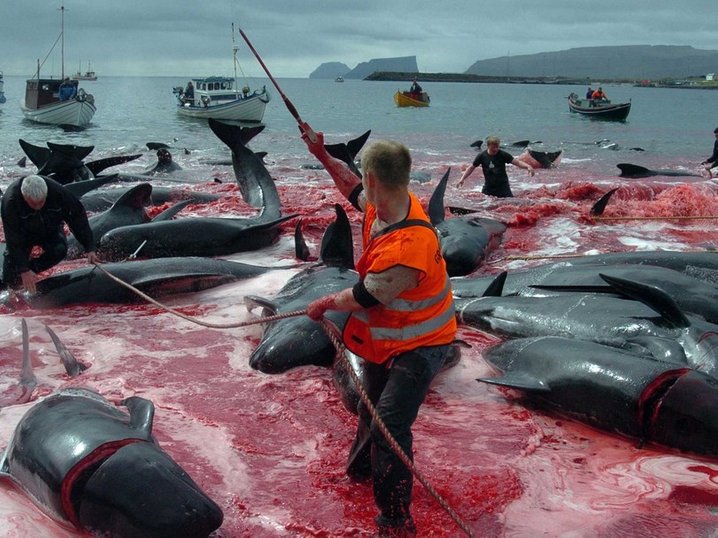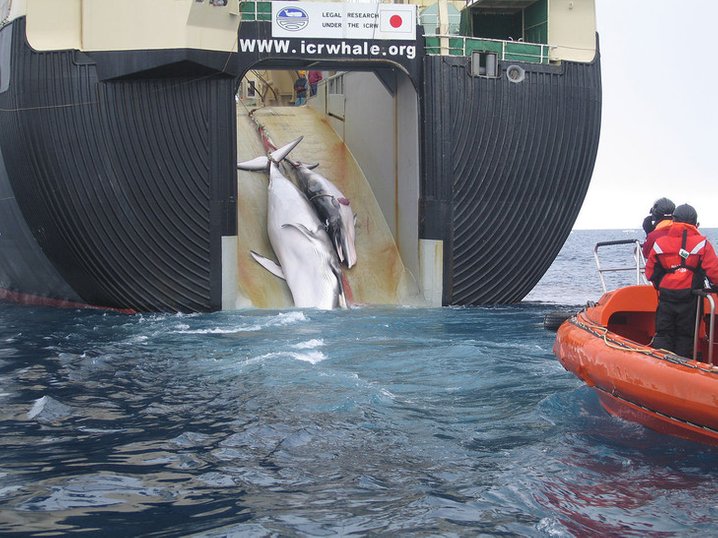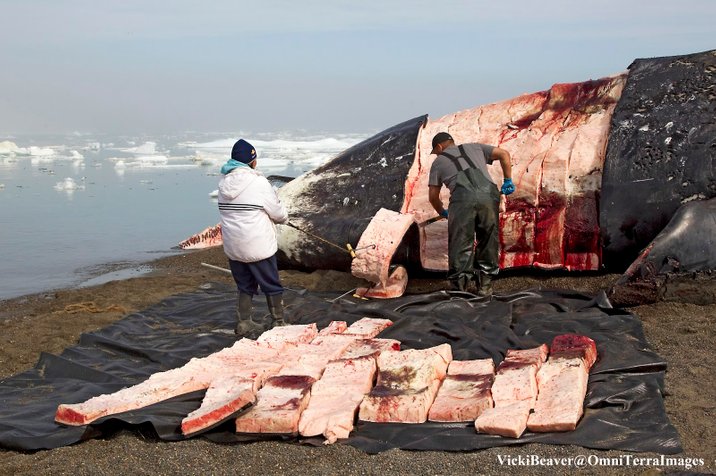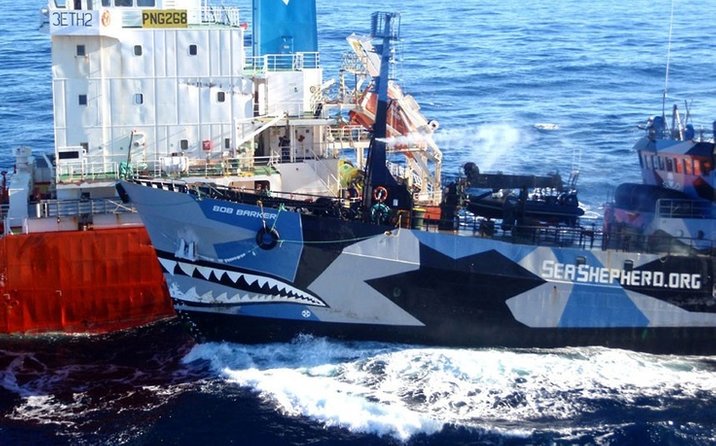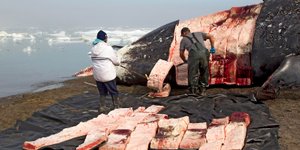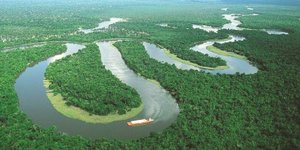Japan Hunting Whales to Their Extinction for the Sake of Research
Commercial whaling has been in existence since the 11th century, but it wasn’t until the 18th century, when whaling started happening on a large scale due to the development in hunting techniques and whaling ships. By the time of the mid - 20th century, these whaling exhibitions became so extensive that several species of whale had literally come to the verge of extinction. However, due to persistent opposition from animal rights group, International Whaling Commission (IWC) decided to ban commercial whaling permanently in 1986. In spite of the ban, Japan refused to comply with the IWC rules and still continues to hunt whales.
Why does japan support whaling?
After the 1986 ban, Japan has been able to find a loophole in the IWC guidelines that allow countries to hunt whales for the purpose of scientific research. Japan claims that through this research, they want to study the size, dynamics and examine the effect of environmental changes on different species of whale. But various anti-whaling nations claim that these testing’s can be conducted harmlessly, through modern techniques without killing even a single whale.
Critics claim that these researches have been initiated to merely cover up their commercial whaling activities. It has been found that the meat from the whales killed for the sake of research ends up in supermarkets for the people to buy. In Japan, eating whale meat is an age-old tradition and thus stopping them from whaling is seen as a threat to their culture by the Japanese people.
Despite of the IWC rulings, Japan has decided to embark on a fresh whale hunting tour in 2015 and plans to kill over 4000 whales in a period of the next 12 years.
Extensive Whaling: Over 1.4 million whales were killed between the years 1904 to 1987. The number has drastically dropped after the commercial whaling ban was implemented in 1986.
Whaling ships: Ships are specially built to accommodate large number of whales.
Harpoons: Whales are aimed and hunted with harpoons that are mounted on the top of the ship.
Cutting-in: After hunting, the blubber of whale is peeled off with the help of steam winches. Then the meat is extracted for the purpose of selling it in the market.
Market: Whale’s meat being sold in the market in Japan.
Whaling Statistics: Even after implementing the ban, Japan has by far killed the most number of whales.
Research: Even after all these years of research, Japan has not been able to provide even a single significant result.
Protests: Activists demonstrating against the Japan’s whaling campaign.
Anti-whaling: Sea Shepherd an anti-whaling organization, has managed to save up till 3,651 whales since 2005.
Continuous allegations from all the major nations around the world has made Japan reluctant to reduce its hunting limit. Various non-profit organizations like Sea Shepherd Conservation Society have made many successful attempts towards restricting and monitoring Japan’s hunting campaign. Greenpeace organization is known to have sent several anti-whaling ships in southern ocean to disrupt Japan’s whaling campaign. Due to these efforts, the Japanese government has been forced to limit its hunting quota to 333 Minke whales for 2016, down from 1035 whales in 2015.
